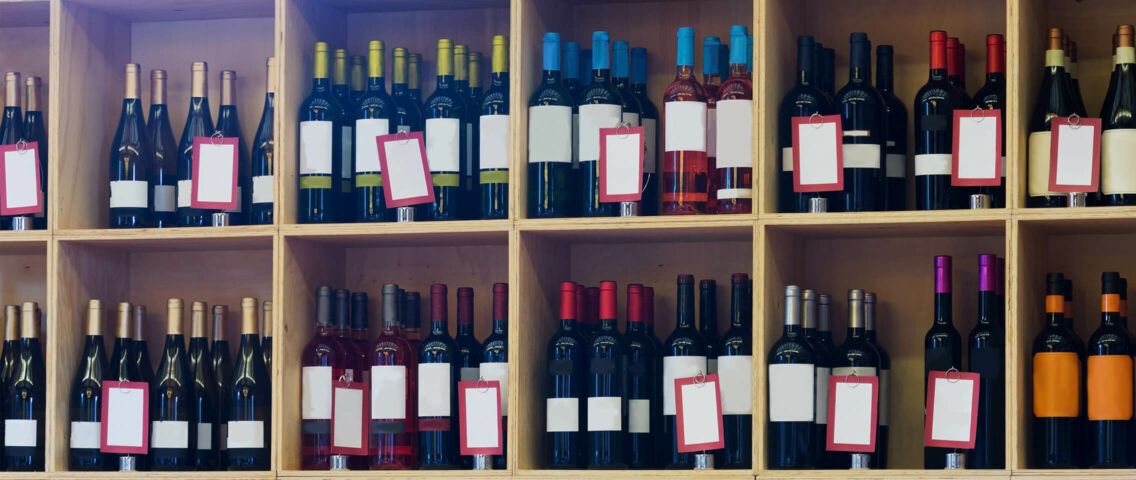Specialty liquor retail: Managing the beers, wines, and spirits (BWS) category
Jun 1, 2021 • 4 min
Retailers often think of specialty liquor, sometimes referred to as “beers, wines, and spirits” (BWS), as the most fun category to manage. Let’s face it—it’s a fun product, and planners often feel like they can engage with the story behind each beverage. However, it’s a nuanced category posing several challenges that, if not planned for carefully, can result in subpar results, missed opportunities, and working capital getting tied up in the wrong places.
Let’s explore three of these challenges to understand why advanced, automated planning solutions play a key part in success in specialty liquor retail.
Effective, AI-Driven Promotional Planning
Planning successful promotions can be a challenging task in any category, and BWS is no different. Additional challenges include strict vintage or batch allocations, quickly changing consumer behavior, the frequent use of display units or stacks, and multiple supply chain intermediaries (to name just a few!). Taking these complexities together, internal collaboration within the sales and operational planning (S&OP) or integrated business planning (IBP) process becomes even more crucial to ensuring an effective promotion.
Not only must a retailer’s planning system be aware of all these variables, but it must also be able to put them to work enriching the accuracy of your promotional forecasts. This is precisely where machine learning can unlock the door to the next level of BWS category planning.
A best-in-class planning system can consider multiple variables within a single machine learning model. Machine learning’s advanced algorithms are capable of calculating their combined impact on demand more quickly and with more accuracy than any planning team possibly could. (For a deep dive on machine learning in retail demand forecasting, read the complete guide.)
One great example of this is the ability to automatically model cannibalization and the halo effect during promotions. Sure, everyone knows that when you promote a gin, you also tend to sell more tonic (the halo effect). But what else do customers tend to put in or take out of their carts when they shop their ever-reliable (and often-promoted) New Zealand Sauvignon Blanc? Using data this granular in your planning gives you the visibility you need to increase the value of every single promotion you run. (For more information on effective promotional planning, read the whitepaper.)
Proactive Capacity Management
It is a well-known fact that consumers spend more money than usual within the BWS category over the four weeks leading up to the Christmas holiday, whether because they’re drinking more themselves or buying gifts for friends and family. In fact, this spike can be as large as 30-40% of annual demand during these extremely important weeks. Other periods of the seasonal calendar have similar demand profiles, such as beers during the BBQ season or rosé when a new vintage is released.
Proactive network capacity planning is key to maintaining high availability without bursting out of your distribution centers and stores and driving unnecessary levels of working capital too early.
Proactive network capacity planning is key to maintaining high availability without bursting out of your distribution centers and stores and driving unnecessary levels of working capital too early. For inbound planning, retailers’ supply chain planning systems should do most of the heavy lifting to smooth delivery fluctuations and balance steep increases in volume through networks that, from a logistics perspective, have more or less fixed capacity.
By smoothing delivery spikes, retailers can optimize the utilization of their picking and packing workforce at the distribution center-level, which has a positive impact on product flow to downstream operations. (For more information on proactive capacity management, watch the webinar).
Channel-Specific Replenishment Planning
Historically, BWS has predominantly been an in-store shopping experience due to the tactile nature of the product and local regulations on online alcohol sales in some markets. More recently, though, retailers have seen COVID-19 accelerate extreme demand increases in online sales and click-and-collect orders.
Retailers have had to adjust their supply chain strategies and develop truly multi-echelon operations that encompass all channels—including stores, dedicated online fulfillment centers, distribution centers, and depots. The supply chain systems that support these operations must also be able to adopt this integrated supply chain model.
Replenishing goods into the right channel, in the right volume, at the right time, in an automated way helps retailers reduce stock-outs, increase sales, and improve customer service levels.
Changes within downstream nodes must flow seamlessly into upstream decision-making—a critical system capability for retailers hoping to drive towards total operational efficiency. Replenishing goods into the right channel, in the right volume, at the right time, in an automated way helps retailers reduce stock-outs, increase sales, and improve customer service levels.
Advanced replenishment capabilities don’t stop there—retailers should be leveraging new technologies to drive operational efficiencies within their store operations as well. The main goal is to reduce the number of times a product is handled, which is why a replenishment system should be aware of the available shelf space within each store. And to make lives even easier for colleagues in stores, replenishment strategies can also make use of logical groupings such as a wine’s country of origin, grape variety, or color.
Using main replenishment days, retailers can optimally balance workforce resources with the space in each store to ensure they are always maximizing product availability while maintaining a consistently high standard for store aesthetics.
The Future of Specialty Liquor Retail
There remains a tendency to think of specialty liquor retail as being slightly behind the curve when it comes to leveraging new technologies to gain a competitive advantage. Fortunately, BWS retailers have enormous data sets already at their disposal. They simply need to recognize and act on the many opportunities to leverage that data to drive improvements across all their core retail planning areas—from supply chain to space planning to workforce optimization.
In an already margin-sensitive category, retailers should be able to rely on advanced planning systems to drive automated, data-driven decision-making using rules-based heuristics, ultimately freeing up time within your planning team to add value in other areas of the retail operation and have a positive impact on the bottom line.



